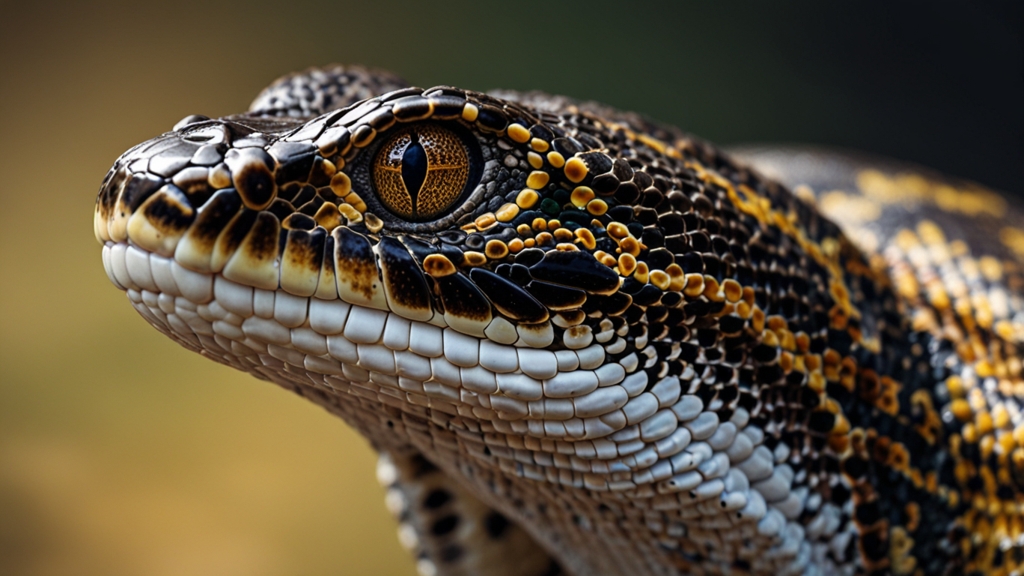The Battle for Survival: How Marine Life Thrives in Hostile Environments
The vast, enigmatic oceans cover more than 70% of our planet's surface, hosting a remarkable diversity of life forms. Many of these creatures inhabit areas that, at first glance, seem inhospitable. From the crushing depths of the Mariana Trench to the boiling hydrothermal vents on the ocean floor, marine life showcases extraordinary adaptations allowing survival in extreme environments. This article explores the astonishing strategies these organisms employ to thrive in such demanding conditions.
Life in the Abyss
The deep sea represents one of the most extreme environments on Earth. With no sunlight, immense pressure, and near-freezing temperatures, survival here demands specialized adaptations. Despite these challenges, the deep ocean is home to a variety of life forms, each uniquely equipped to handle the harsh conditions.
"In the deep sea, pressure can exceed 1,000 times the standard atmospheric pressure we experience at the surface. This incredible force requires marine organisms to evolve unique physiological traits to survive," quotes marine biologist Dr. Sylvia Earle.
Deep-sea fishes, such as the anglerfish, have developed bioluminescence to navigate the perpetual darkness. This phenomenon, caused by chemical reactions within their bodies, allows them to attract prey and communicate. Moreover, many deep-sea creatures possess flexible, gel-like bodies that can withstand the immense pressure, preventing them from being crushed.
Thriving in Hydrothermal Vents
Hydrothermal vents are another example of extreme marine environments. These fissures on the ocean floor emit geothermally heated water, rich in sulfides and other minerals, at temperatures exceeding 700 degrees Fahrenheit. Despite the hostile conditions, these vents support dense ecosystems teeming with life.
One of the most remarkable inhabitants of hydrothermal vents is the giant tube worm. These worms have no mouth or digestive tract; instead, they rely on a symbiotic relationship with chemosynthetic bacteria. The bacteria convert the vent's toxic chemicals into organic molecules that nourish the worm. This partnership is a testament to the incredible adaptability of life in extreme conditions.
"The discovery of chemosynthesis at hydrothermal vents revolutionized our understanding of life’s potential in extreme environments," remarks geochemist Jack Corliss, who was part of the team that discovered hydrothermal vents in the 1970s.
Survival in Polar Waters
The polar regions pose their own set of challenges for marine organisms. With temperatures often plunging below freezing and seasonal darkness lasting for months, the creatures of these icy waters have evolved incredible mechanisms to survive.
Antarctic icefish, for example, have developed antifreeze proteins in their blood, preventing the formation of ice crystals that could be fatal. These proteins bind to small ice crystal surfaces, inhibiting their growth and keeping the fish's bodily fluids liquid even in sub-zero temperatures. Furthermore, some species, like the emperor penguin, possess layers of blubber and dense feathers, providing insulation and conserving heat.
The Future of Marine Life in Extreme Environments
As climate change continues to impact ocean temperatures and chemistry, the resilience of marine life in extreme environments is being put to the test. Rising temperatures and ocean acidification threaten the delicate balance of these ecosystems. Scientists are studying how these changes affect deep-sea and polar organisms, aiming to understand their adaptability and resilience.
There is still much to learn about the incredible adaptations of marine life in extreme environments. Each discovery not only sheds light on the remarkable flexibility of life on Earth but also helps to inform conservation efforts to preserve these unique ecosystems. In this ongoing battle for survival, marine organisms continue to demonstrate nature's astonishing ability to thrive against all odds.










